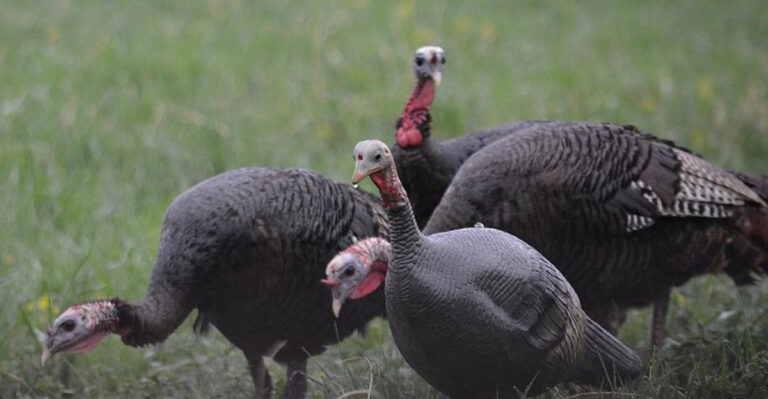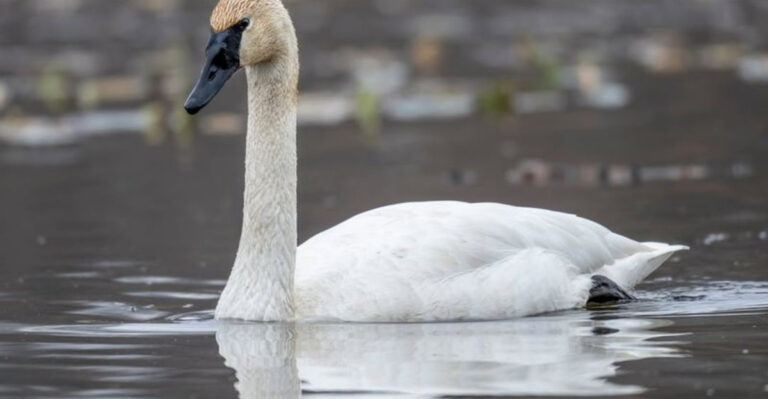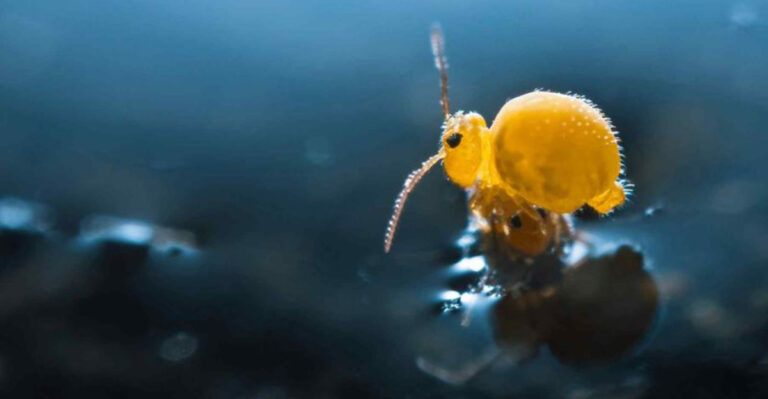16 Animals With The Most Bizarre Eyes You Won’t Believe Are Real
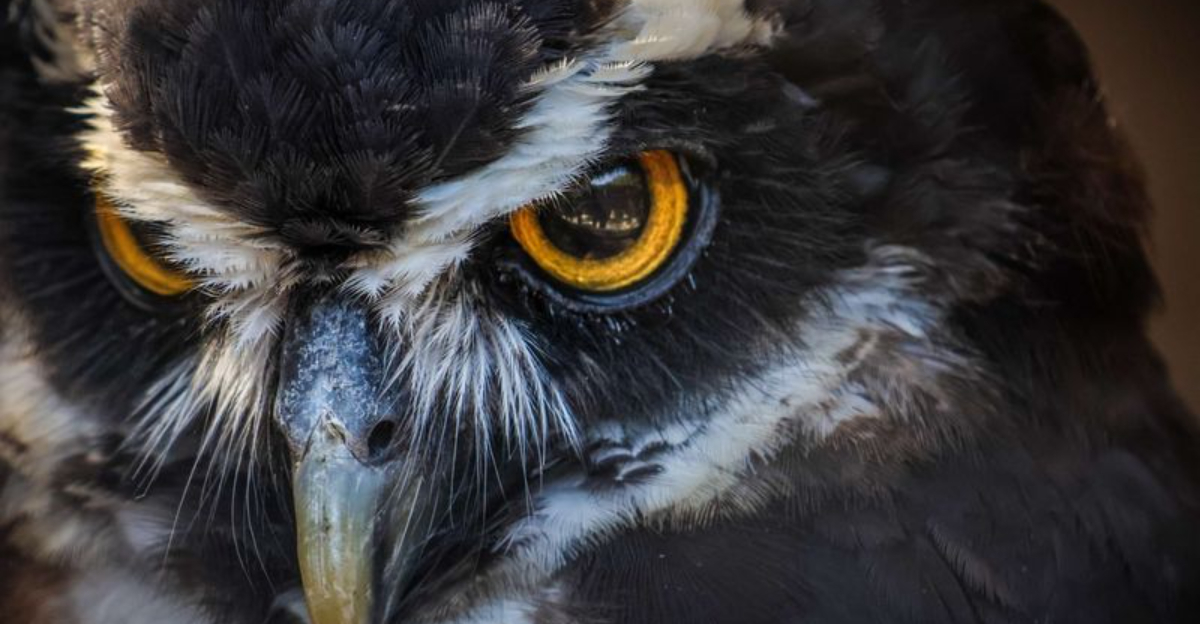
When it comes to fascinating features, some animals take eye-catching to a whole new level. These creatures have eyes that are so bizarre, they almost seem too strange to be real.
From eyes that can see in all directions to those that are wildly disproportionate to their bodies, here are animals with the most bizarre eyes you won’t believe are real!
1. Turtle
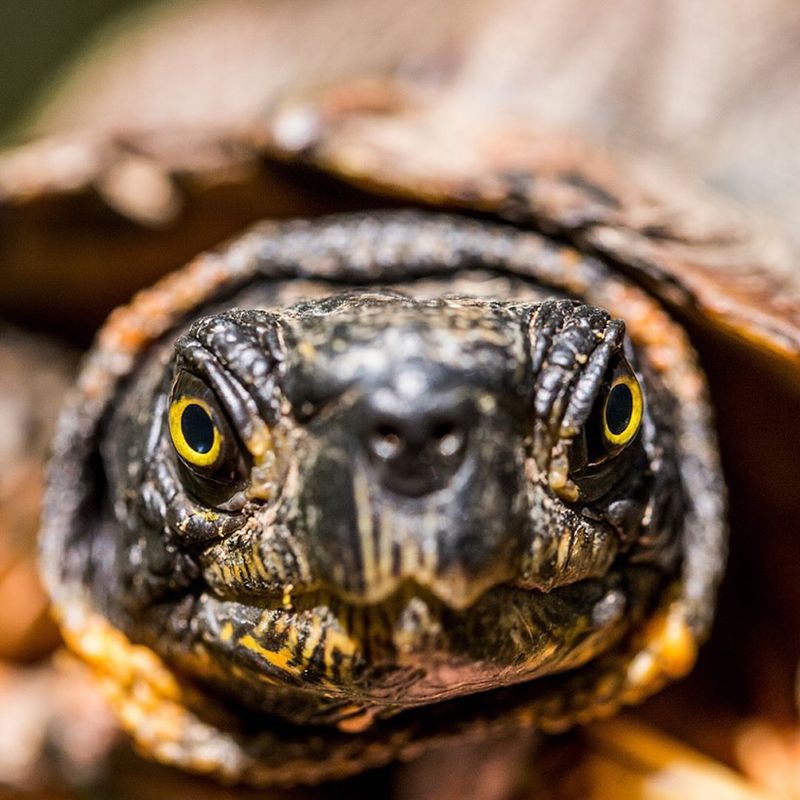
Turtles may not be the first animals that come to mind when you think of bizarre eyes, but some species have incredibly unique adaptations. For instance, the box turtle has remarkable vision with a strong ability to see in both daylight and low-light conditions.
Some turtles even have a third, “extra” eyelid that helps protect their eyes while they’re underwater or when they’re out in the sun for long periods. This “nictitating membrane” allows them to keep their eyes clean and shielded while still seeing clearly.
2. Capuchin Monkey
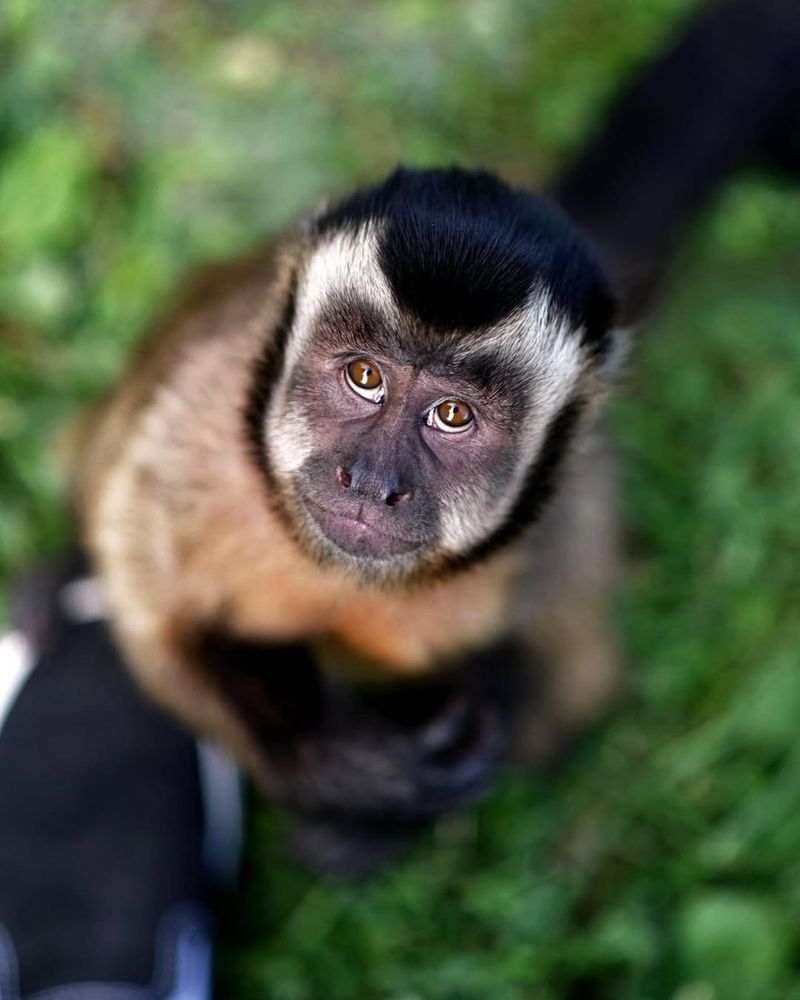
Capuchin monkeys have remarkable vision that allows them to see an incredibly wide range of colors. Their eyes are particularly adept at seeing details and contrast in low light, which is perfect for their forest habitat.
These primates also have a highly developed sense of depth perception, helping them navigate the trees with precision and accuracy. Their sharp vision is key to spotting predators and finding food in their lush environment.
3. Tarsier
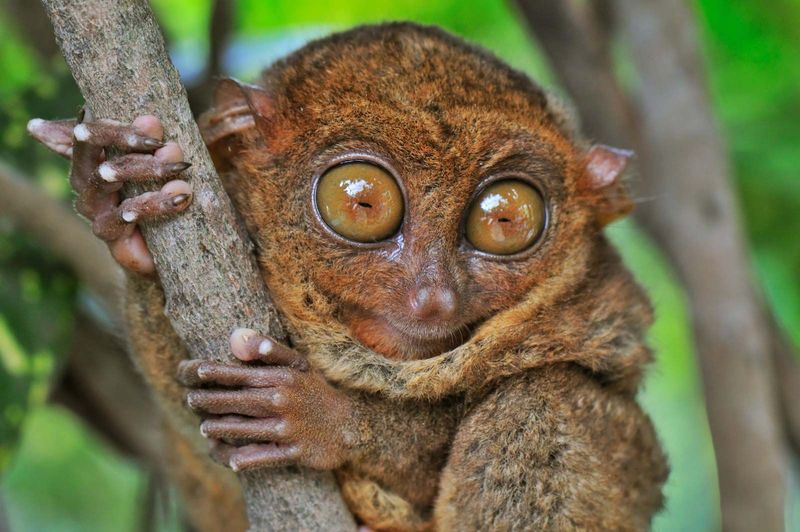
Tarsiers are known for their enormous, wide-set eyes that take up about half of their skull! These tiny primates are nocturnal, and their large eyes are perfectly designed for seeing in low light.
Imagine the surprise when you spot one in the wild – they’ll be staring at you with those alien-like eyes, giving them an almost otherworldly look!
4. Chameleon
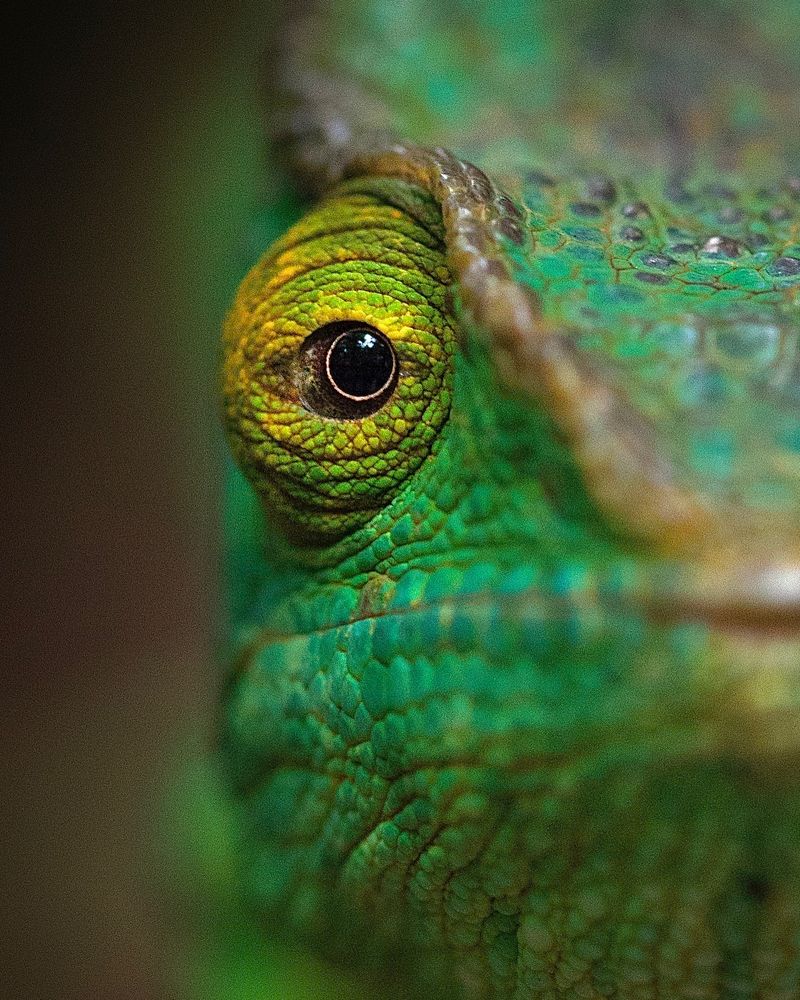
Chameleons are famous for their ability to change colors, but did you know they can also move their eyes independently?
Each of their eyes can swivel in opposite directions, giving them a 360-degree view of their surroundings. They use this quirky eye ability to keep an eye out for predators and prey all at once.
5. Peacock Mantis Shrimp
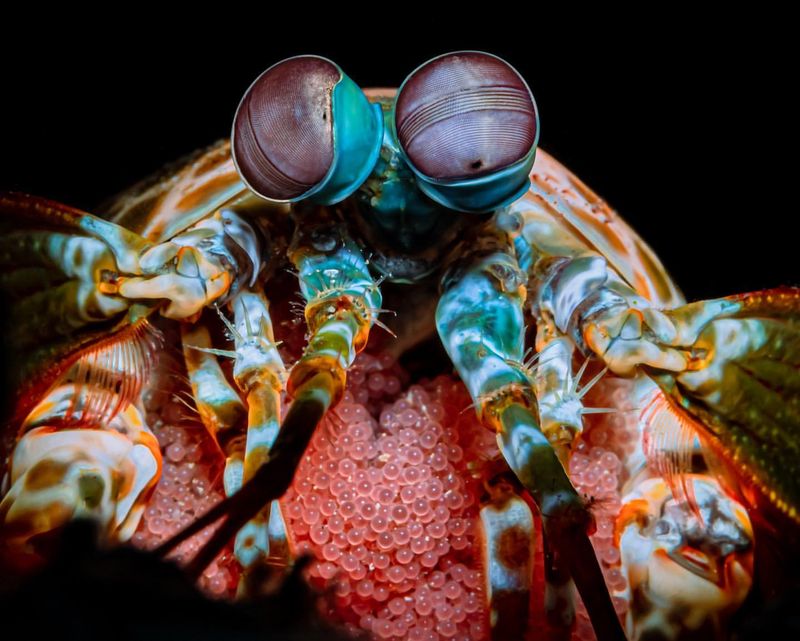
The peacock mantis shrimp is known for having some of the most complex eyes in the animal kingdom.
With 16 types of photoreceptors (humans only have three), they can see ultraviolet light, polarized light, and even colors we can’t imagine. No wonder their eyes are often considered the “most bizarre” in the ocean!
6. Goat
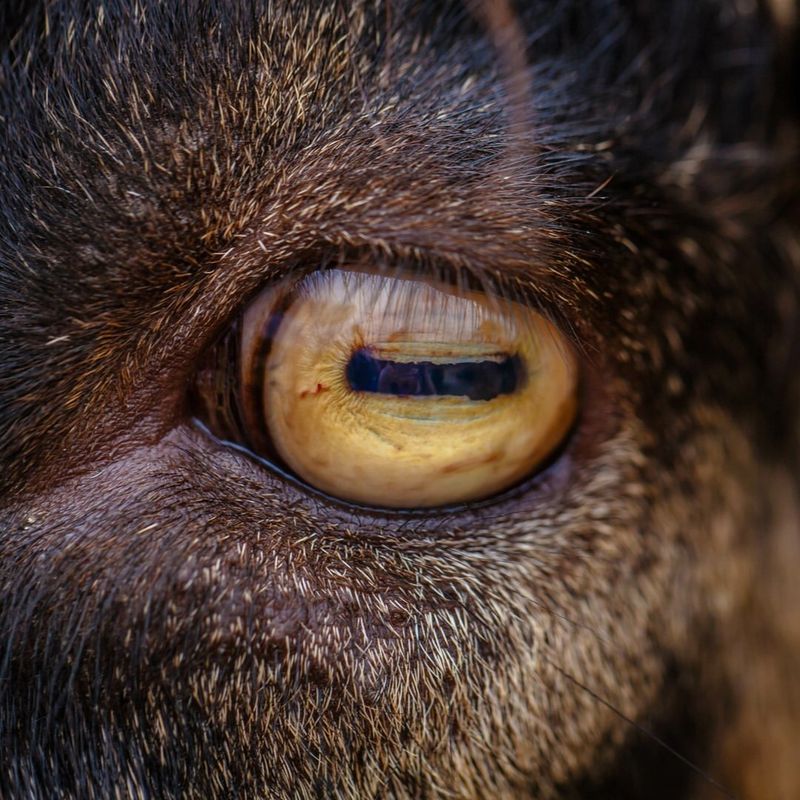
Goats are blessed with rectangular, horizontally oriented pupils that give them nearly 360-degree vision. This wide view helps them spot predators in the wild, but the weird part?
Their pupils remain almost completely still, no matter where their heads move. It’s like they have a built-in security system in their eyes!
7. Dragonfly
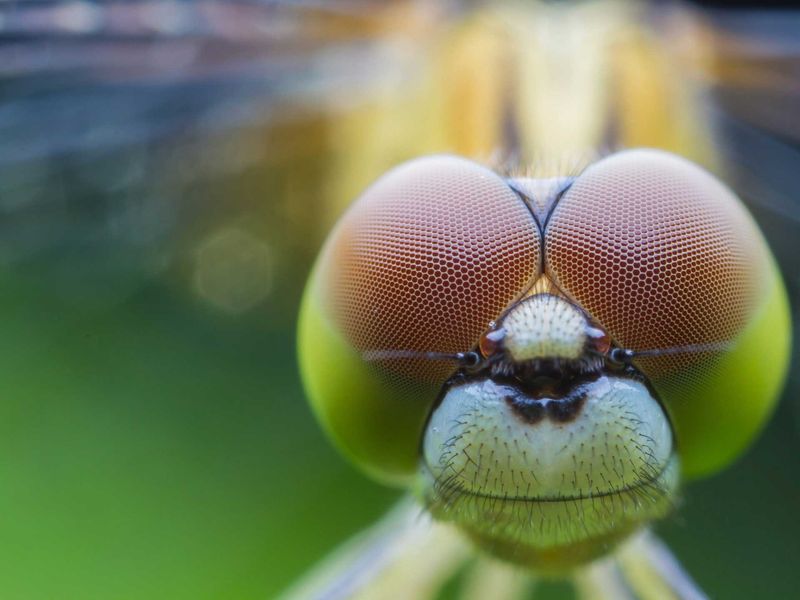
Dragonflies possess compound eyes, which means they have thousands of tiny lenses packed into each eye.
With this incredible structure, dragonflies have almost 360-degree vision, allowing them to detect motion from nearly every direction. They can even track their prey mid-flight with impressive precision.
8. Cuttlefish
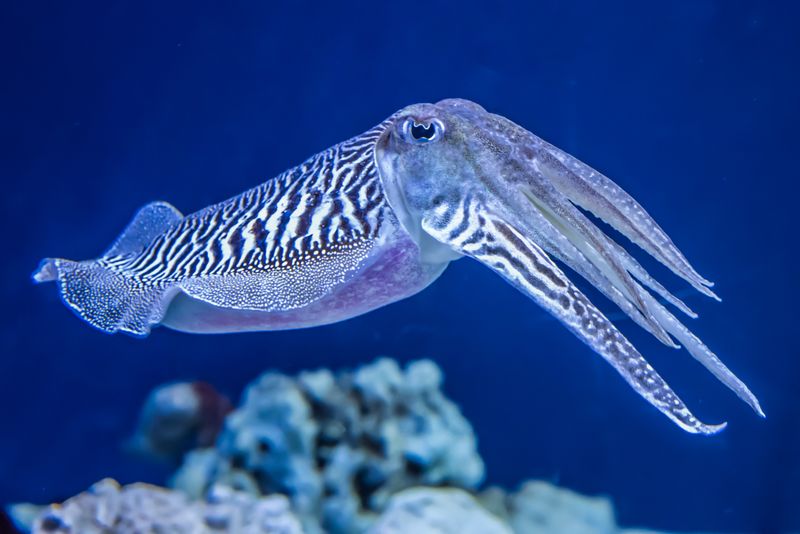
Cuttlefish might be masters of camouflage, but their eyes are just as mind-boggling. They have W-shaped pupils, which give them an almost comic appearance.
This bizarre eye shape helps them see in both bright and dim light, making it easier to spot prey and avoid predators. They can even see polarized light!
9. Gecko
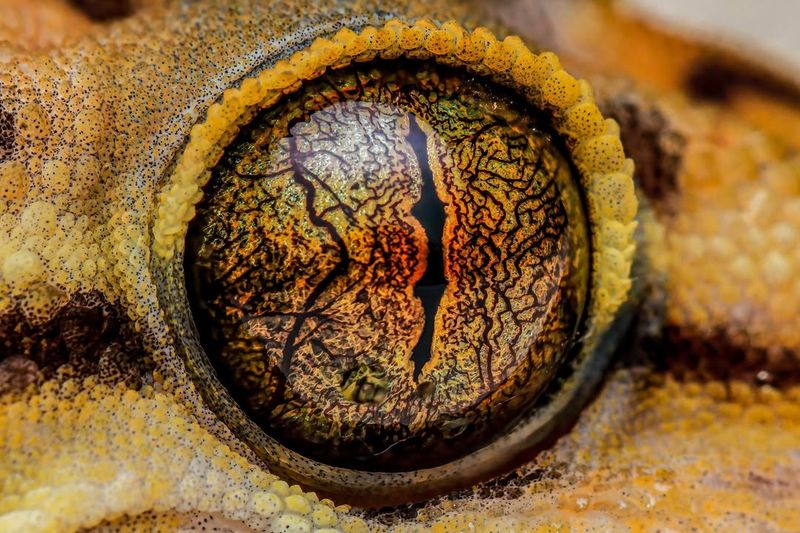
Geckos are no strangers to quirky eyes, as many species have vertical slits for pupils that help them see in extremely low-light conditions.
Some geckos can even shed and regenerate their eyes! Their eyes are also unique because they can’t blink – instead, they use their tongues to clean them!
10. Leaf-Tailed Gecko
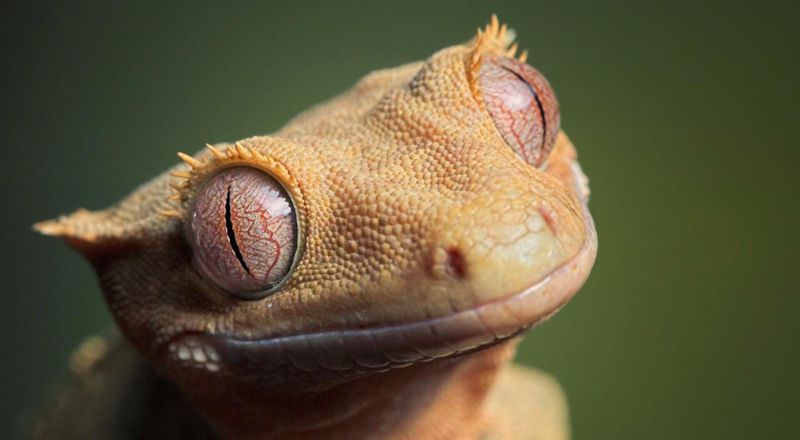
This master of disguise has eyes that perfectly match its ability to blend into its surroundings.
The leaf-tailed gecko has large, yellowish eyes with vertical slits that complement its camouflage, making it nearly impossible to spot in the wild. Their eyes allow them to spot prey or predators as they wait motionless on tree trunks.
11. Owl
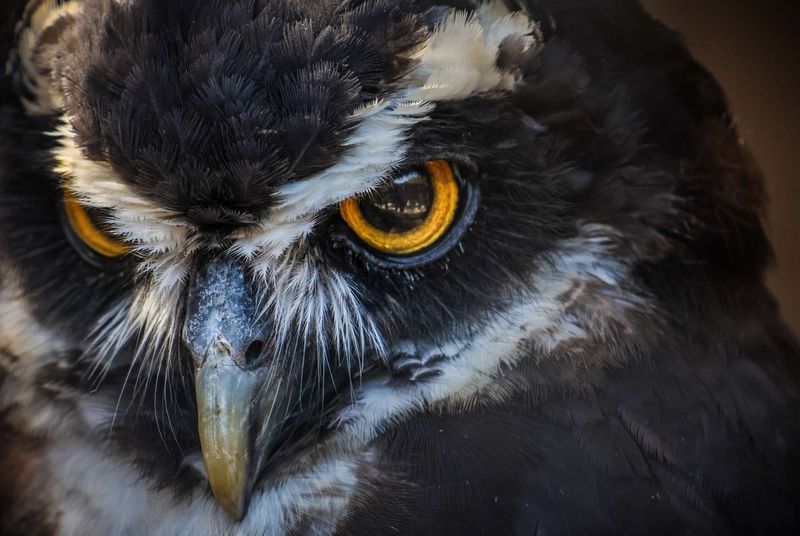
Owls may be known for their mysterious, wide-eyed look, but their eyes are much more than just a cute feature.
These birds of prey have fixed eyes, meaning they can’t move them in their sockets. To compensate, owls can swivel their heads a full 270 degrees to see their surroundings. That’s some serious neck flexibility!
12. Four-Eyed Fish
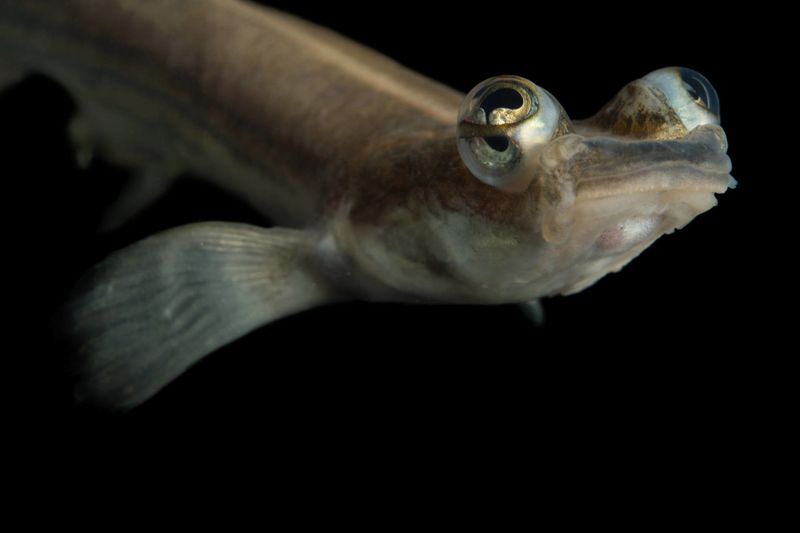
The four-eyed fish has, well, four eyes—sort of. They have two sets of eyes, one above the waterline and one below.
This adaptation allows them to see both above and below the surface simultaneously. They can keep an eye on predators while swimming just beneath the surface of the water, making them highly efficient hunters.
13. Horse
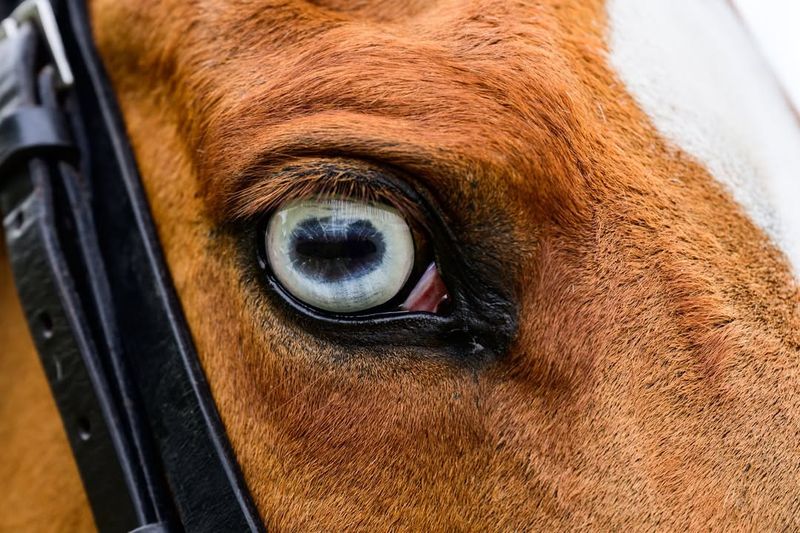
Horses have large eyes on the sides of their heads, which allow them to see nearly everything around them, but they have a blind spot right in front of them.
What makes them even more fascinating is their ability to detect motion incredibly well, helping them spot potential danger from afar. Their expressive eyes have been the subject of countless paintings and poems throughout history!
14. Stalk-Eyed Fly
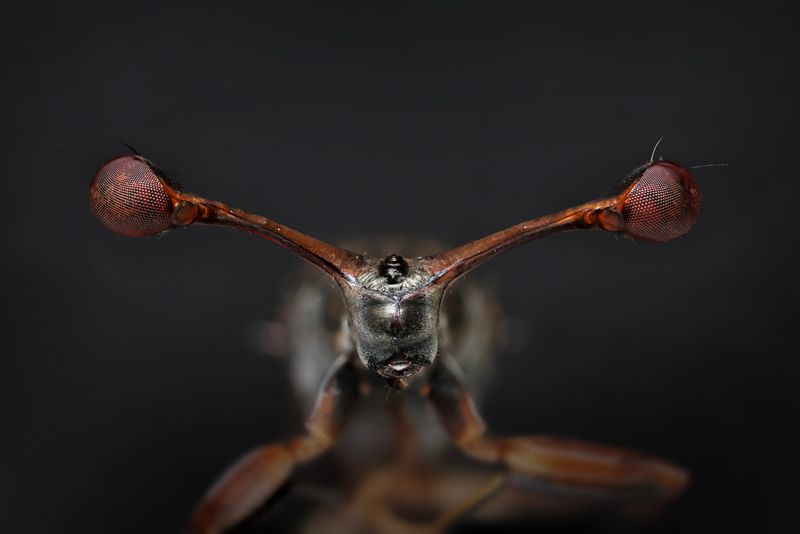
Stalk-eyed flies are famous for their comically long “stalks,” which hold their eyes far apart. These elongated eye stems make them look like they’re constantly giving you a curious, almost puzzled expression.
The purpose of these long eye stalks? They help with mate selection, as males with longer stalks are often considered more attractive to females.
15. Flatfish
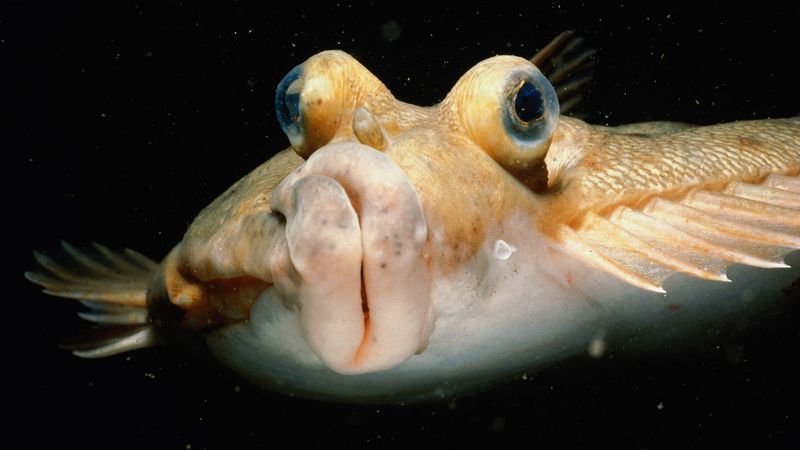
Flatfish, like flounders and halibuts, have some of the most bizarre eyes in the ocean. When they’re young, they have one eye on each side of their head, but as they grow, one eye migrates to the other side of their body.
By the time they reach adulthood, they have both eyes on one side of their flattened head – a fascinating adaptation for their life on the ocean floor.
16. Red-Eyed Tree Frog
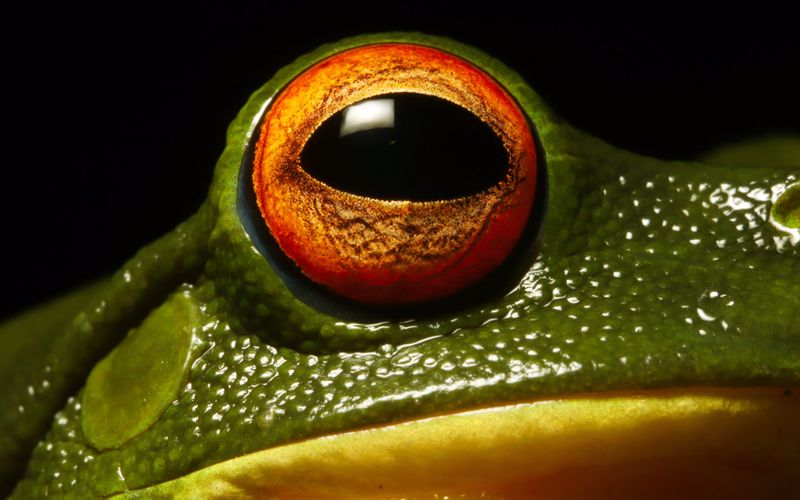
The red-eyed tree frog has large, dramatic red eyes that are as striking as they are functional. These vibrant eyes help them intimidate predators by suddenly revealing their eye-catching appearance when threatened.
Their eyes are also adapted to help them see in their low-light rainforest habitats, where they spend most of their time hiding in the trees.



